
What is a standard rose or a weeping rose?
Understand and use these architectural forms
Summary
Unlike roses’ typically bushy or climbing habit, standard and weeping roses display slightly more sophisticated forms because they undergo a somewhat unusual grafting high up, giving them the appearance of an utterly charming little tree. These are known as standard roses or weeping (or parasol) roses and have a globe-shaped or trailing habit. These silhouettes are very elegant and allow you to make use of unexpected corners of your garden! Rose enthusiasts, discover our explanations to get to know them better, appreciate their decorative appeal, and plant them wisely in your garden.
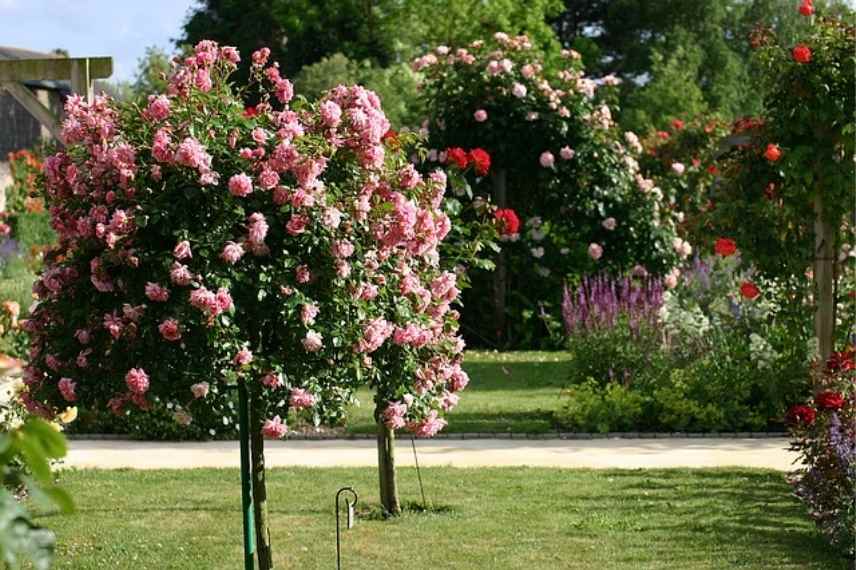
Standard rose, a very graceful silhouette in a garden
What is it?
Roses and their incredible diversity of varieties come in many forms, often very natural with botanical roses, old roses, landscape roses or climbers.
Standard and weeping roses are created artificially by humans: they involve training the bush on a stem by means of grafting to obtain a kind of very straight vertical trunk that will bear the inflorescence: these roses present a somewhat more sophisticated, aesthetic silhouette.
Roses are grafted at the top of the stem and not at the base, as is the case with ordinary roses.
The graft point is located at around 1 metre along the stem :
– Performed between 0.80 m and 1 m in height, these are called half-standard roses.
– If the graft is higher, between 1.10 and 1.30 m, it is referred to as a standard rose.
– Roses grafted between 1.40 and 2 m high are generally weeping roses; this stem-trunk height allows the rose to display a cascade of trailing flowers, similar to an umbrella.
Standard roses generally bear small to medium-sized flowers, grouped or solitary, while weeping roses are covered with a myriad of small flowers.
They can be spring-flowering, summer-flowering, and perpetual throughout summer until the frosts, scented or unscented, and available in a very wide range of colours like their bushy cousins.
You may also read
8 perfect roses for potsRootstock and scion
With roses, rootstock is essential: it ensures the characteristics of anchoring and life in the soil: rooting, compatibility with soil type (alkaline, neutral or acidic), water requirements, lifespan, hardiness, etc…
Standard roses and weeping roses are obtained by grafting a specific variety of rose onto a stem of dog rose (Rosa canina) measuring about 1.10 m.
This rootstock (a Rosa canina ‘Pfänder’ most often, or a Rosa canina ‘Polmeriana’ or ‘Laxa’) offers several advantages: it enables the grafted rose to tolerate all soil types, including calcareous soils, ensures a long lifespan and provides strong resistance to drought and frost.

Dog rose or Rosa canina, vigorous rose used for grafting
The scion, that is the rose grafted on top of the main stem, is chosen for the qualities wanted on the aerial part of the rose: colour, abundance of flowering, silhouette of the branches, earliness of flowering, size of the flowers, fragrance, repeat flowering, leaf colour, disease resistance, etc. In the case of standard and weeping roses, floribundity is one of the major criteria for choosing the variety.
Standard roses bear a scion of bush-type rose with erect branches, which gives them a compact, often globular habit, whereas weeping roses bear a scion of rose with flexible branches, which gives them a loose, trailing habit: these are often climbing roses.
Discover other Tree Roses - Stem Roses
View All →Available in 2 sizes
Available in 3 sizes
Available in 2 sizes
Available in 4 sizes
Available in 2 sizes
Available in 2 sizes
Available in 2 sizes
An appropriate staking
Standard or weeping roses, due to their structure — weight of the branches and massed flowers carried on a single stem — are fragile in their early years. They require staking that will remain for a minimum of 2 to 3 years. It should be placed in the hole before planting and be at least 5 cm in diameter. Stake height must correspond to graft union height.
For weeping roses, it can even be worthwhile to install structures or metal frameworks that provide a true supporting framework beneath the branching, and allow achieving a superb visual by extending the parasol shape to its maximum. These parasol stakes, also called umbrella stakes, can be made yourself or bought from specialist shops. Branches will be trained onto them as they develop.
⇒ See our care sheet for how to stake your standard or weeping roses.
You may also read
Rose fertiliserHow to use them?
Often found in castle gardens or prestigious gardens for their refined, precious look, standard and weeping roses can take up very different places at home: around the house where they will frame an entrance, form, in a binary name, an access to a porch, in pots, large jars or orange-tree tubs to showcase them on a terrace or balcony, in a small enclosed garden, and even in a classic vegetable garden where their verticality brings grace and height.
They are truly showcased when planted singly, on a short grass meadow or in a rose garden or small border to which they will add volume. Choose a half-standard rose if you have a small balcony or compact space; it will be magnificent and catch less wind than a taller rose.
These mini trees on a stem are used for their highly ornamental value and focal point they provide: do not use them to make your bouquets, it is their rich flowering and theatrical habit that give them all their appeal!

- Subscribe!
- Contents
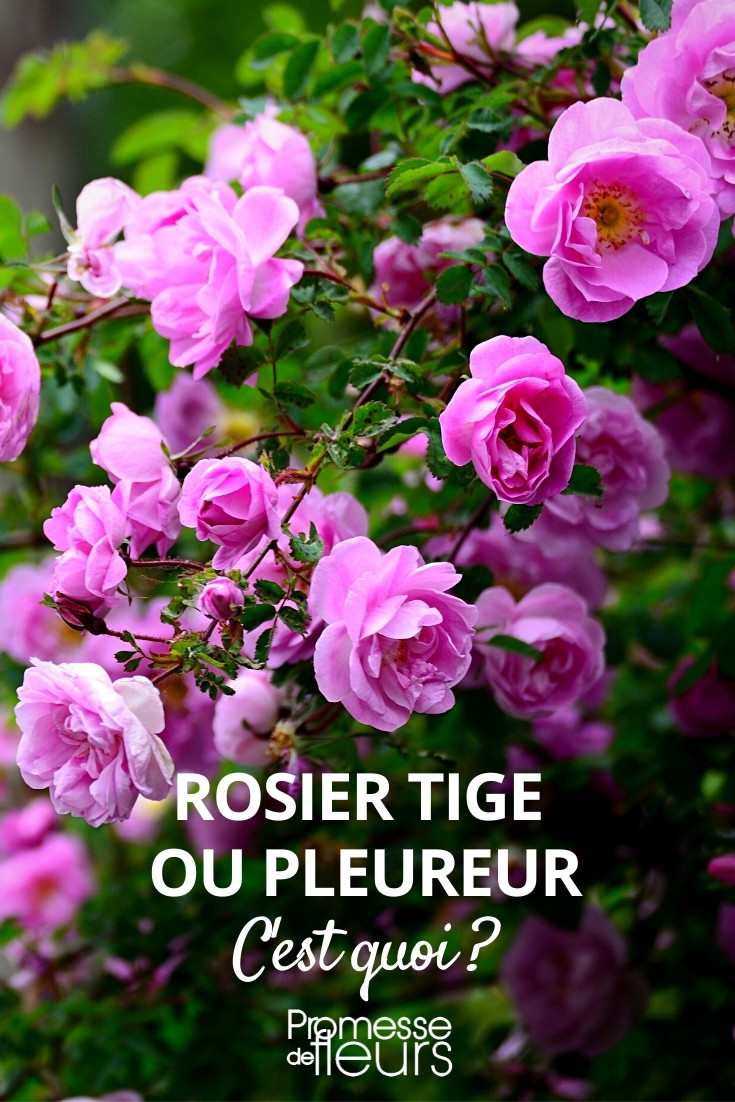































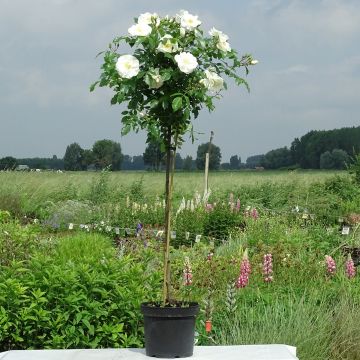
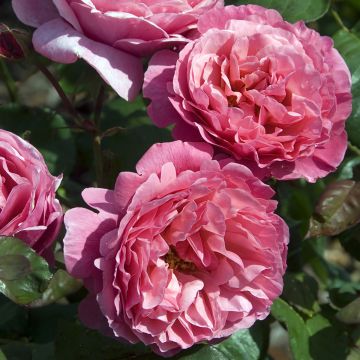
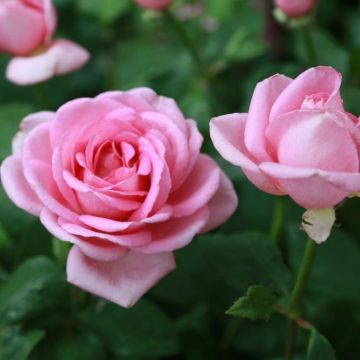
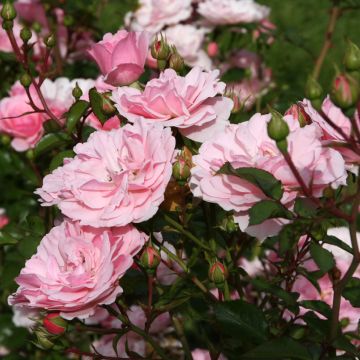

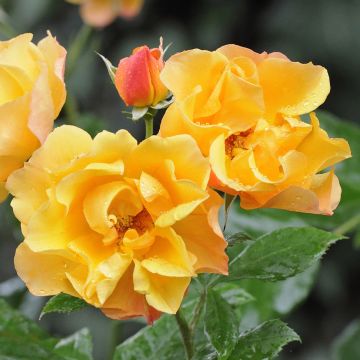
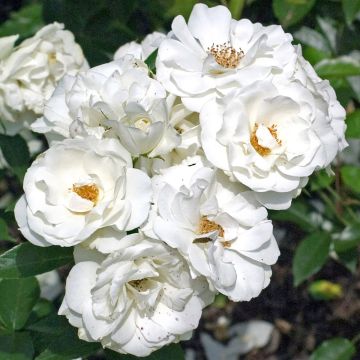
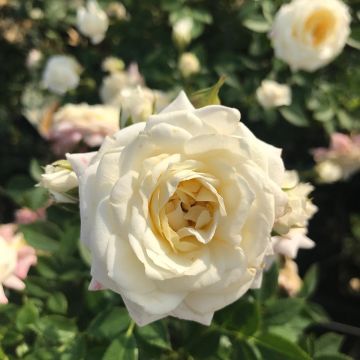
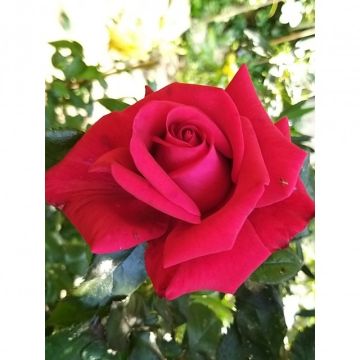
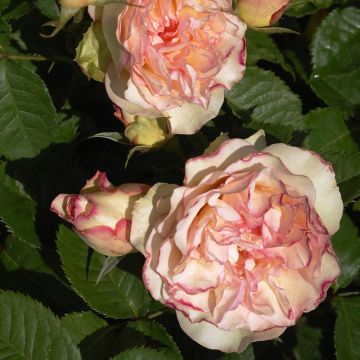
Feedbacks